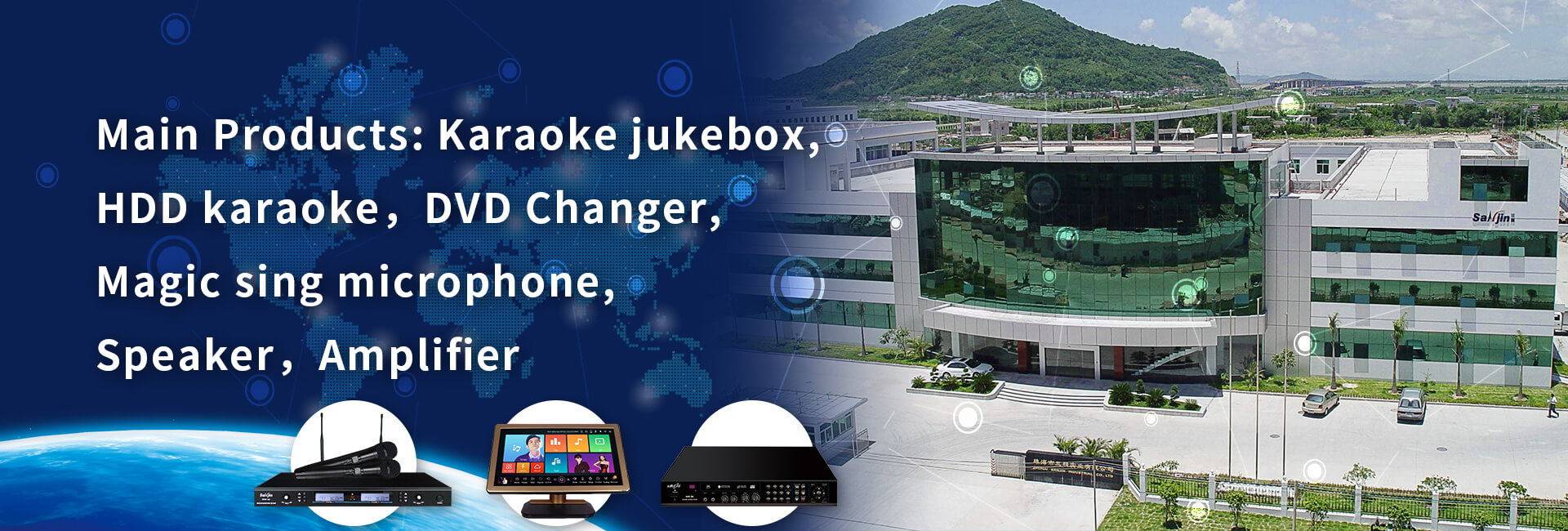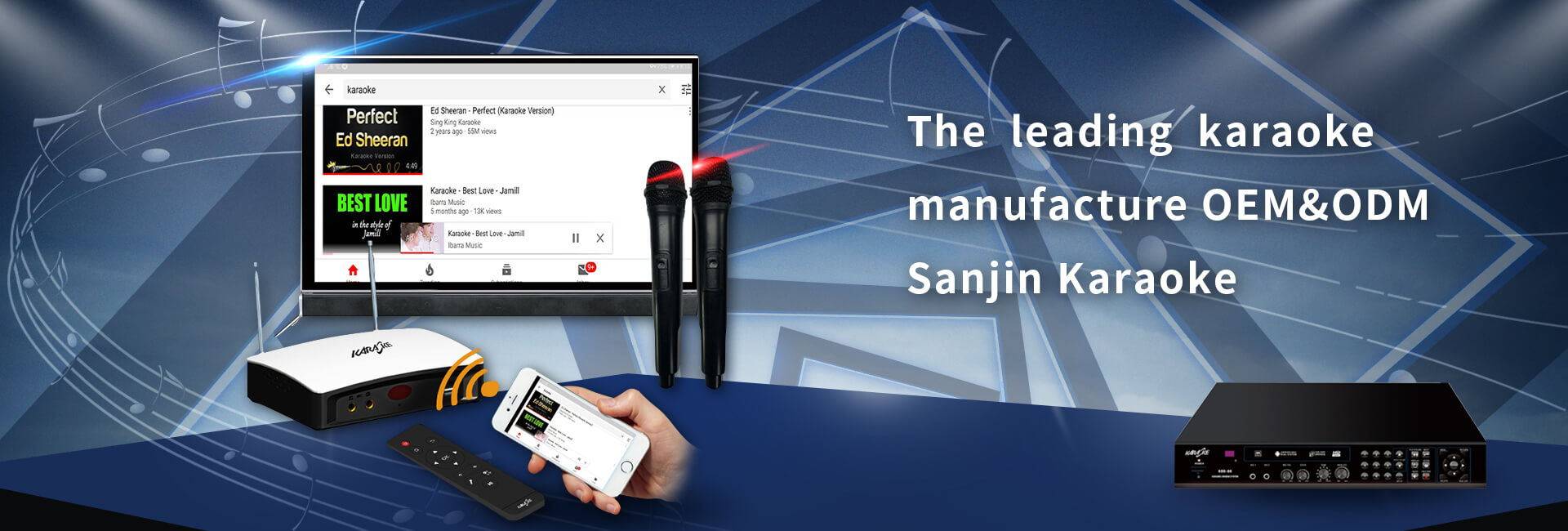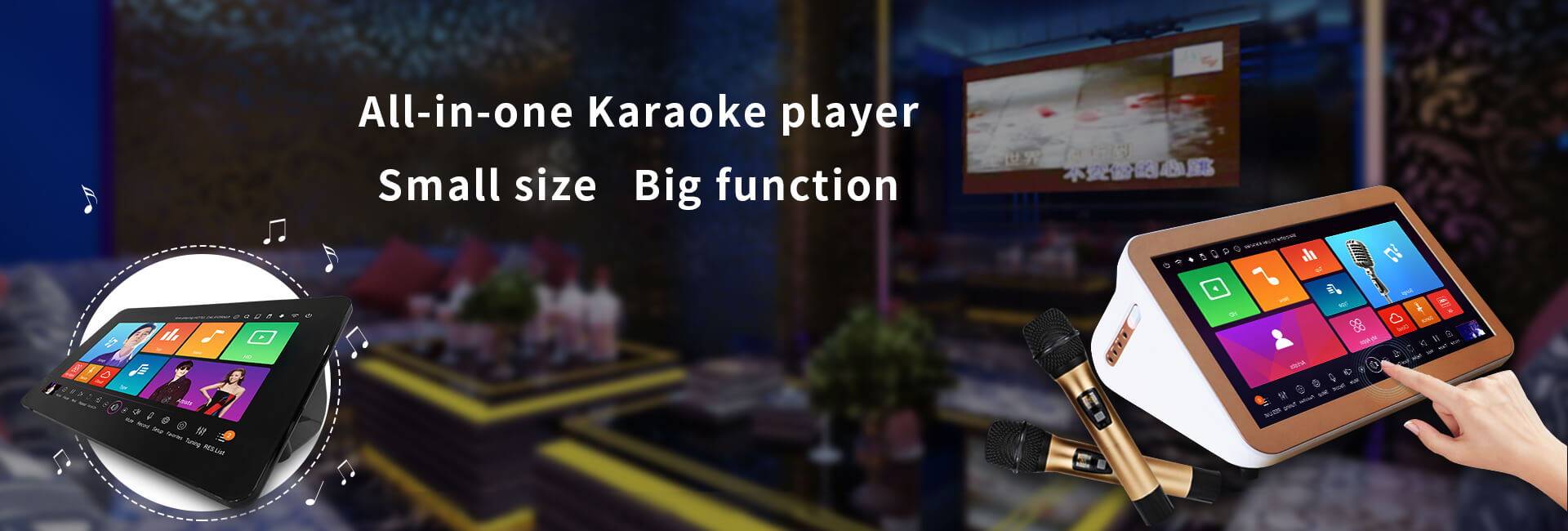The name of karaoke originates from the Japanese words “emptiness” and “orchestra” . Depending on the context, karaoke may mean a type of an entertainment venue, singing to backtrack, and a device for reproducing the backtracks. No matter the context, we always picture a microphone, bright light of the screen with the subs, and a festive atmosphere. So, what is karaoke?
There is no specific answer to the question of when karaoke first emerged. If we speak about singing to the music having no lyrics, then as early as in the 1930s, there were the vinyl records with the backtracks, intended for home performances. If we speak about a karaoke player, it’s prototype was first designed in Japan in the early 1970s by a magic touch of the musician Daisuke Inoue, who used the backtracks during his performances to take a quick rest while maintaining the level of the audience’s rapture.
The Japanese grew so keen on singing to the backtracks that quite soon, the new industry of producing karaoke-machines for bars and clubs appeared. In the early 1980s, karaoke crossed the ocean and landed in the USA. First, it was given a cold shoulder, but after the invention of the home-based karaoke players, it became really popular. The article “Karaoke Evolution” will give you more information about the history of karaoke.
The singer’s voice traveled through a microphone to the mixing board, where it mixed and put on the backtrack. After that, it was transmitted together with the music to the external audio system. The performers were reading subs from the TV screen. In the background, an original music video or specifically produced footage with a neutral content was played.
Post time: Sep-29-2020





